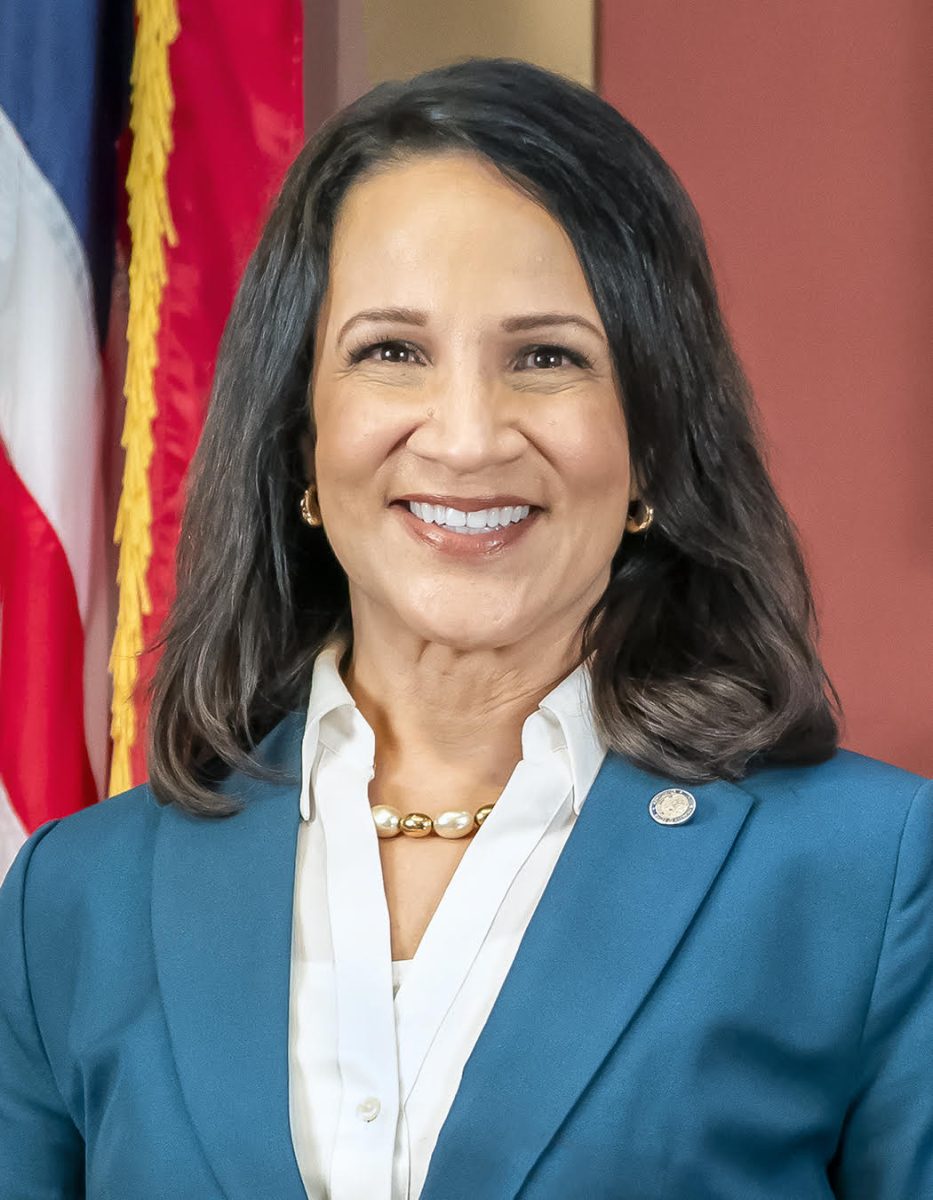The University of Minnesota Medical School is requiring new training for all third-year medical students in an effort to combat the opioid crisis.
The training program, which debuted in August, teaches students how to effectively use the drug naloxone on patients experiencing an opioid overdose. The interactive session also includes training on how to recognize and treat addiction.
“I have never heard of another medical school creating a dedicated training like that,” said Charles Reznikoff, a University assistant professor of medicine.
While every medical school teaches about addiction in small doses, he said he does not know of any other schools that require it for all third-year students.
“Naloxone is an important new tool to combat the opioid epidemic,” Reznikoff said. The drug has been around for four years, and is the only drug approved by the Food and Drug Administration to counter opioid overdose.
Signs of an opioid overdose can be as subtle as the patient looking tired or confused but can also be as severe as a lack of breathing or unconsciousness, said Andrew Olson, a University associate professor of medicine. Naloxone counters these effects in seconds.
In the Becoming A Doctor course, which sees nearly 240 medical students annually, students are divided into small groups for training and breakout sessions. These sessions are repeated yearly and, with the addition of the new naloxone training, the department awaits student evaluations to see if next year’s sessions require any changes.
“Broadly, the opioid training is important because nearly every medical student, independent of what specialty they’re going to go into, is likely to encounter patients who need opioids prescribed and/or have an opioid use disorder,” said Anne Pereira, assistant dean of curriculum in the Medical School.
The department wants opioid addiction to become a normal conversation doctors can have with patients, Pereira said. One of the goals of the course, she said, is to destigmatize opioid use disorder in this way.
“Part of the intent of this hands-on training is for students to know really how simple this is to use, to be able to recommend it or prescribe it to their own patients someday, to be able to talk about it and counsel patients,” Pereira said.
This change was made to modernize the curriculum, Olson said.
“It’s our job as medical educators to train physicians who can meet the needs of society,” he said. “We are pretty good at training people to make a difference in patients with heart disease … but sometimes we have been less good at looking at other things that harm our patients.”
Rep. Dave Baker, R-Willmar, worked with the previous dean of the Medical School, Brooks Jackson, on incorporating a more thorough addiction training curriculum, he said.
“Doctors had not been given very good training through their seven years of schooling when it came to addiction and how addiction in the body works,” Baker said about his conversation with Jackson. “What I learned was that we have to do a better job teaching our students.”
Baker’s son Dan died from an opioid overdose in 2008. He was not able to receive naloxone treatment in time, he said.
Since then, Baker and his wife have become trained in using naloxone through the Steve Rummler Hope Network. The foundation was involved in the naloxone training at the University and has worked to increase access to naloxone in communities.
Baker has worked toward improving opioid addiction education through legislation and visiting the University to speak as a parent who has lost a child to addiction, he said.
“We don’t want to tell you how to be a doctor and how to, certainly, prescribe. I never want to do that,” Baker said.
What he does want to do is talk about the effects of over-prescribing and prescribing to someone who is not well-suited for opioid medications, he said.
“My doctors have always asked me if I have diabetes in my family,” Baker said. “But nobody ever asks me if I have addiction in my family.”
When doctors began prescribing OxyContin, they tapped into a class of people only looking for pain relief and not addiction, he said. Baker also said he wants parents to know what he did not.
“Don’t let this happen to your kid like it happened to ours,” he said.
The process of improving prescriptions, training and distribution has just begun, Baker said.
“I think the state of Minnesota has really listened to the facts, the families and the communities that we all have to do better in order to get this epidemic under control,” he said.
Correction: A previous version of this story misspelled Anne Pereira’s name.








